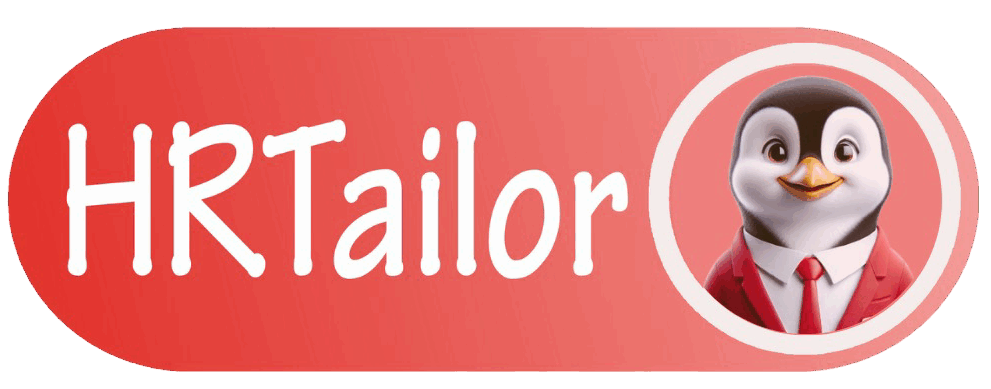
The Hidden Costs of Delaying HR Setup in a Growing Business
Growth feels exciting. You’re signing clients, hiring talent, and chasing new opportunities. But in that rush, many businesses quietly make one big mistake: they delay HR setup. It feels harmless at first — after all, why invest in HR when sales or product seem more urgent? Yet the truth is, HR setup is not optional. Postponing it creates hidden costs that pile up over time. And by the time leaders realize it, the damage is already done.
Let’s break down these hidden costs and why acting early saves you money, reputation, and peace of mind.
Compliance Risks That Become Penalties
India has some of the most complex labor laws in the world. From the Shops and Establishment Act to mandatory contributions like EPF, ESIC, and Professional Tax, every employee you onboard adds another compliance responsibility.
When HR systems are missing, mistakes follow:
Delayed filings with labor authorities.
Miscalculated payroll deductions (PF, TDS, gratuity).
Missing employee records when inspectors come knocking.
What starts as “just a late form” can lead to hefty fines, government scrutiny, or even lawsuits. According to a PwC report, non-compliance penalties can cost 20–30% of a company’s payroll.
Want a practical checklist? See our HR Compliance Checklist for Indian businesses for a step-by-step view of what companies must cover.
Employees Walk Out When HR Is Missing
Imagine being a new hire in a fast-growing company. You’re excited, but on day one, there’s no onboarding plan. Your salary comes late in the second month. Your leave requests are lost in email chains. Frustration grows — and eventually, resignation follows. Employees don’t just leave because of low pay; they leave because of disorganization. Replacing people is expensive. SHRM estimates the average cost of turnover is 1.5–2 times the employee’s annual salary. For startups and SMEs, these costs hurt even more because they disrupt growth momentum. When employees quit, they also take knowledge, culture, and sometimes clients with them. Worse, the company’s reputation on job portals suffers, making it harder to attract top talent later.
Productivity Losses That Nobody Tracks
Without HR setup, managers spend hours on tasks like:
Approving leaves manually.
Fixing payroll errors.
Mediating workplace conflicts.
That’s time they could have spent on strategy, innovation, or clients. These productivity leaks are silent, but deadly.
McKinsey data shows that companies with automated HR systems are 40% more productive in people management tasks. That translates into direct financial gains.
The Culture You Ignore Will Cost You Later
Every company has a culture — whether you design it or not. If HR systems are missing, culture is left to chance. That means inconsistent policies, favoritism, and distrust. Strong culture, on the other hand, boosts engagement. Gallup research shows engaged teams drive 21% higher profitability. HR setup ensures policies, communication, and employee experience are consistent and fair. When culture breaks, fixing it costs far more than setting it right in the first place. Think of it like repairing a cracked foundation in a building — you can patch it, but it’s never as strong as building it right from the start.
Financial Leakage You Don’t See Immediately
Here’s the trickiest part: many HR-related costs don’t show up as line items. They leak slowly, in ways like:
Unnecessary overtime payments due to poor shift scheduling.
Unoptimized benefits that employees don’t even use.
Legal consultations to fix compliance mistakes.
These costs accumulate silently. By the time leaders notice, the company has already lost far more than what it would have spent setting up HR early.
The Opportunity Cost of Delay
It’s not just about avoiding problems — it’s about seizing opportunities. With structured HR, businesses can:
Launch faster in new locations (since compliance is already covered).
Onboard employees in days, not weeks.
Build employer branding that attracts top-tier talent.
Delaying HR setup means missing these advantages — and in competitive markets, early movers always win.
How to Avoid These Costs
The solution is simple: set up HR before it’s urgent.
That means:
Standardizing hiring and onboarding processes.
Automating payroll and compliance tracking.
Designing clear leave and benefits policies.
Setting up an employee grievance and feedback mechanism.
If building an in-house HR team feels expensive, consider outsourcing. Our guide on HR Outsourcing for Businesses explains how companies reduce costs while gaining professional HR expertise.
Conclusion
At HRTailor, we’ve seen two kinds of companies: those who delay HR setup and constantly fight fires, and those who invest early and grow with confidence. We specialize in building HR systems that scale with you — from compliance to payroll to culture. Because in HR, the rule is simple: waiting always costs more than acting now.

